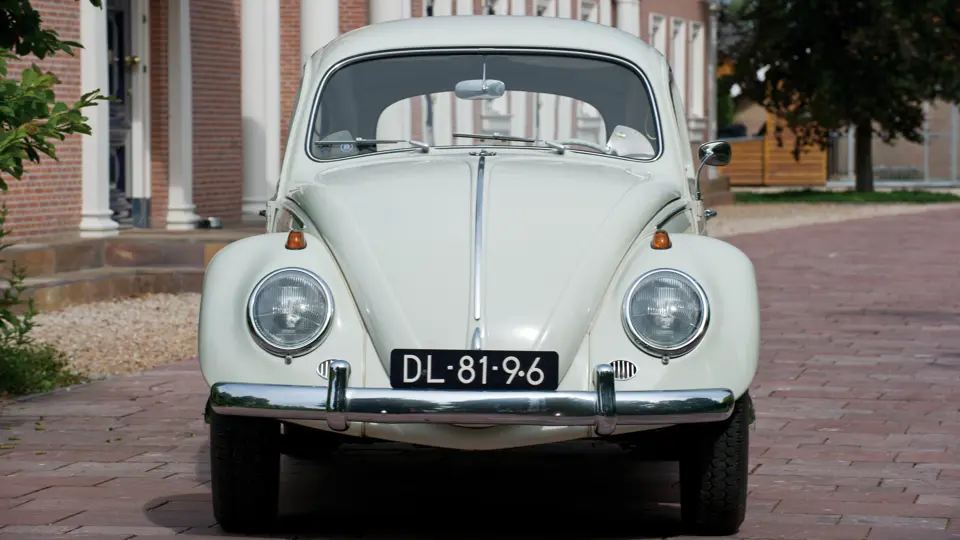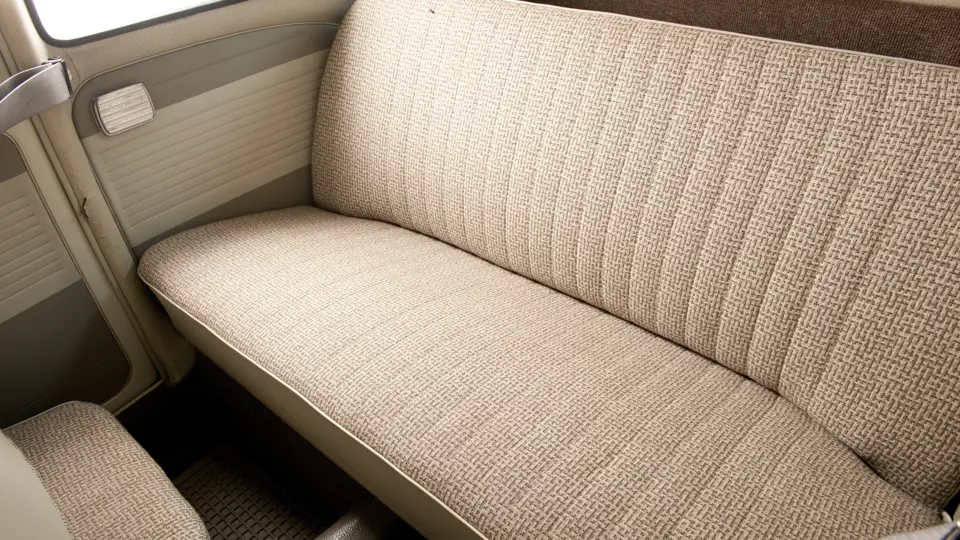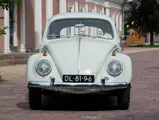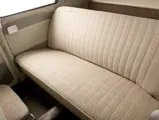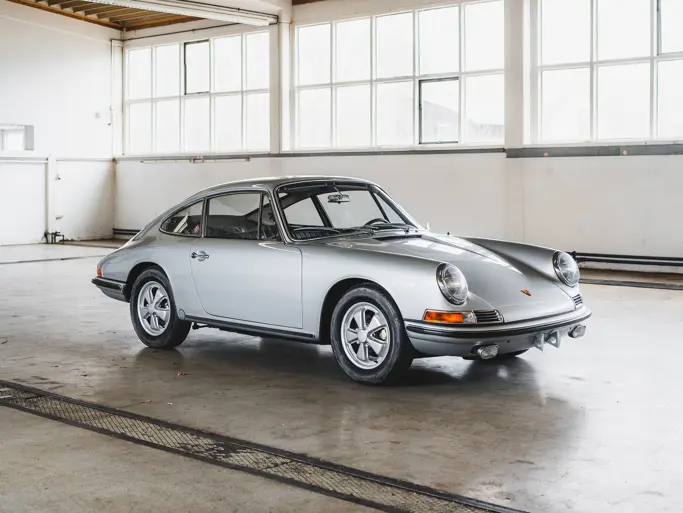40 bhp, 1,192 cc horizontally opposed four-cylinder engine with Solex carburettor, four-speed manual gearbox, independent front suspension with upper and lower control arms and transverse torsion bars, rear suspension by swing axles with trailing arms and torsion bar, and four-wheel hydraulic drum brakes. Wheelbase: 94.5 in.
• Horizontally-opposed four-cylinder engine
• Unmodified and correct
• Believed to be an original mileage car
• Offered from the Zegwaard Collection
The Volkswagen Type 1 Beetle changed the world. Like the stupendously successful Ford Model T, it was a simple, properly-engineered automobile that was inexpensive enough to bring motoring to the masses. And like the Model T, it was strong and reliable and was built around the world in mind-boggling quantities.
The Beetle’s heritage goes back to the pre-war KdF-Wagen, whose name stood for Kraft durch Freude and translates loosely to “strength through joy”. Conceived from the experiments of Porsche Design’s Project 12, it used a revolutionary rear-mounted motor with aluminium and magnesium castings. With a simple yet effective platform chassis, the car underwent countless revisions and prototypes. Eventually, the Series 38 design would embody the Beetle as we know it.
VW’s Beetle soon became ubiquitous all over the world, even in the United States, where horsepower had always ruled. Over the years, details changed and displacement increased, but the basic look remained. When production ceased in Mexico in 2003, 21,529,464 had been built in plants on every continent but Antarctica.
Finished in a colour VW dubbed Pearl White, this European market Beetle features cloth seating surfaces and dark brown carpeting under protective rubber floor mats. Like all Beetles, the interior is spartan, with minimal instrumentation and controls, a large plastic steering wheel, and incredibly good seats. The flat-four starts and runs well. With simple detailing it would better match the excellent appearance of the body and interior, although it is perfectly in keeping with an original and unrestored machine that is believed to have covered just 68,125 kilometres since new.
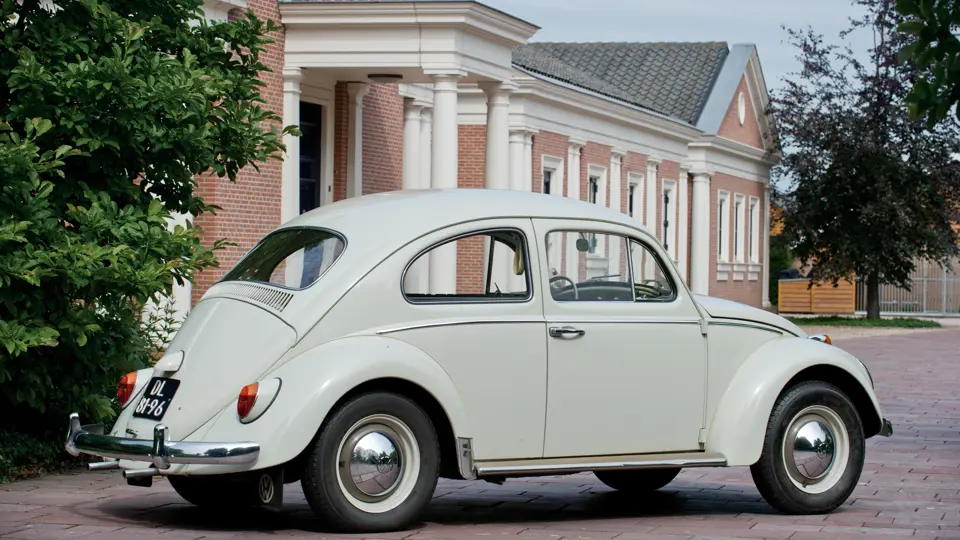




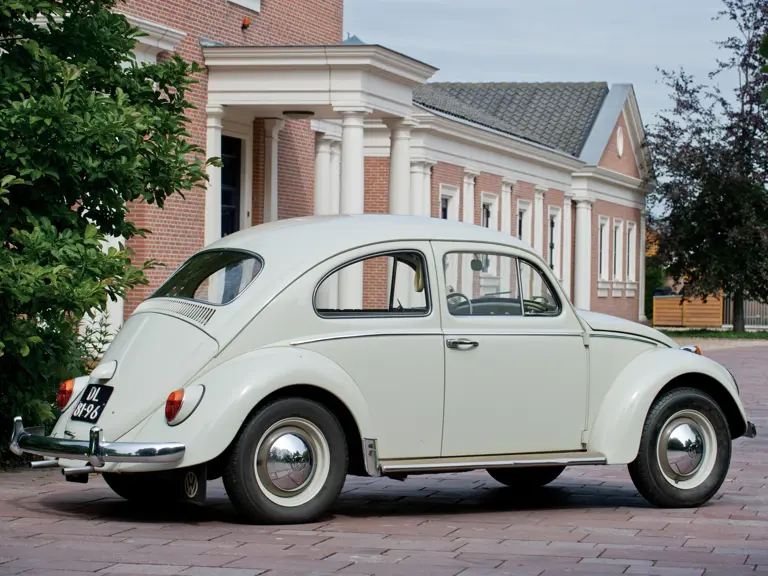
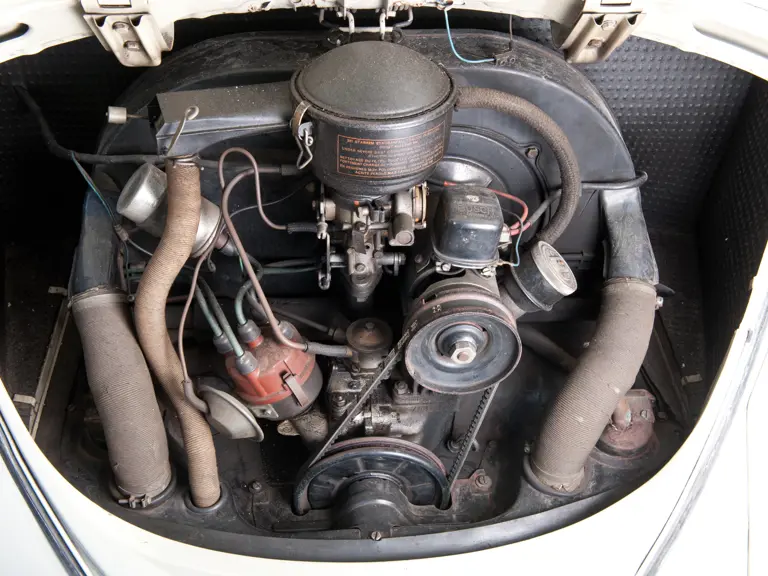

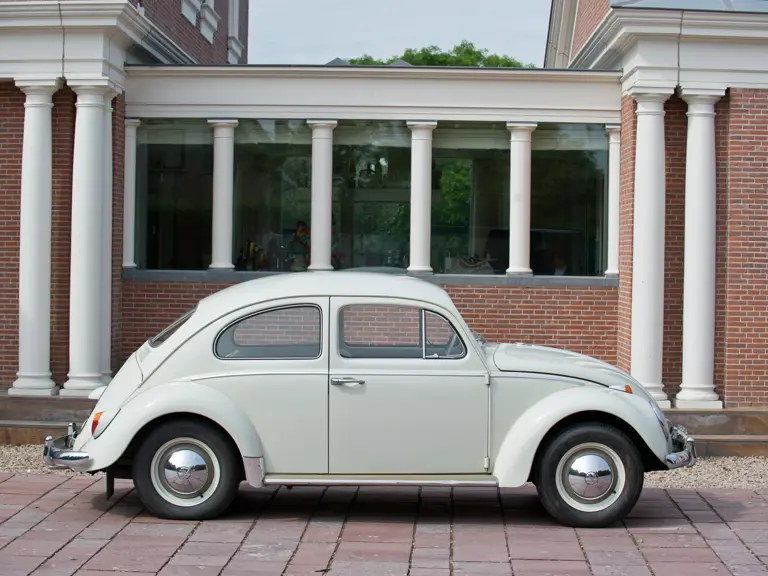
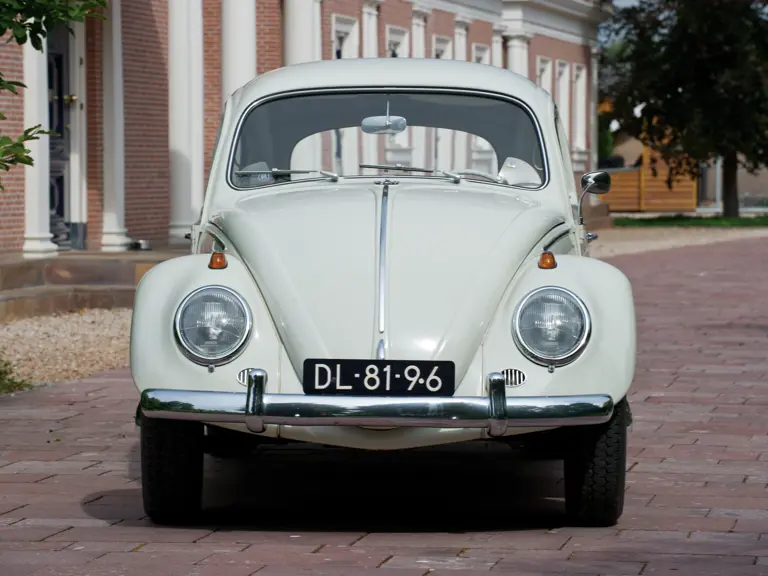
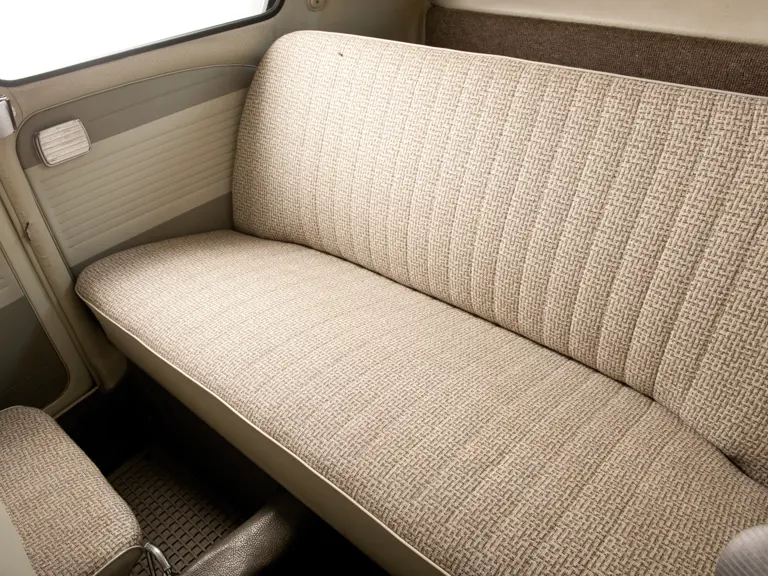
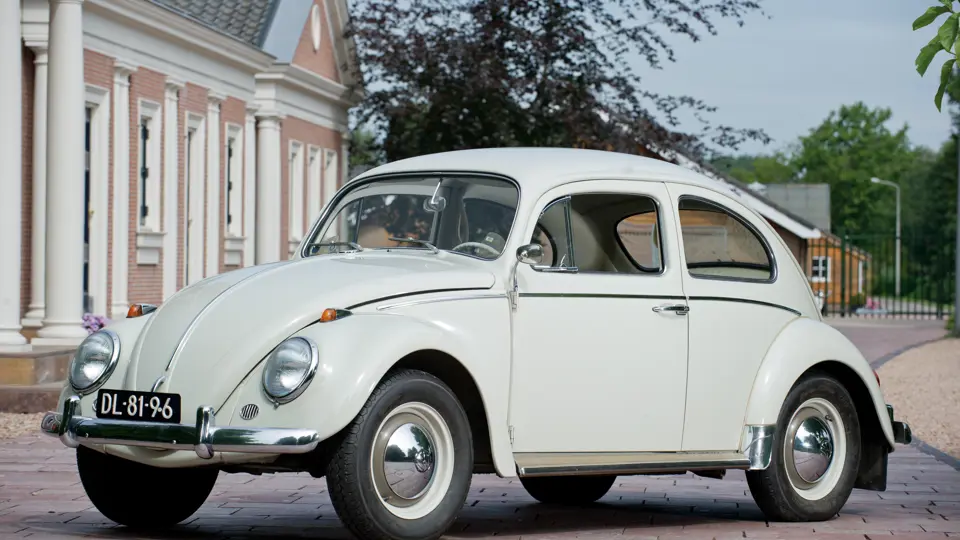
 | London, United Kingdom
| London, United Kingdom

